After several attempts, responses to Freedom of Information (FOI) requests have confirmed that the Council had not established key base line data measurements before implementing The Groves traffic ban in the summer.
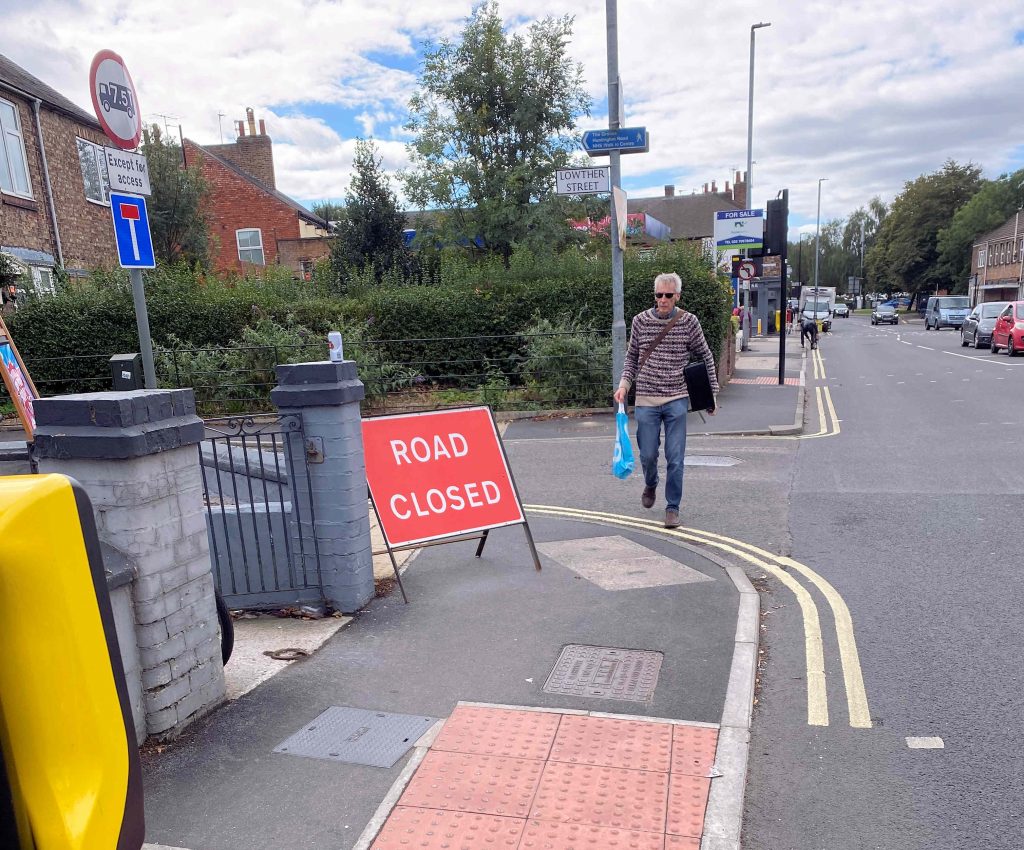
Although never formalised, those favouring the changes argued that rerouting “through traffic” onto neighbouring roads would;
- improve air quality
- reduce traffic levels and thereby accident numbers
- make the area “quieter”
- encourage cycling/walking
- utilise time limited central government funding grants
At the time of the decision to press ahead with the scheme (June 2020), the area had been virtually traffic free for 3 months because of the lockdown restrictions.
One of the consequences of lower economic activity has been greatly reduced pollution levels during 2020. The table below shows the current situation.

No noise measurements have been published, for streets within The Groves area, by the Council.
A response to an FOI request a few months ago revealed that accident levels have been very low within The Groves area during the last 3 years.
The Council has admitted that it doesn’t have any base line air quality measurements for the streets within The Groves area. Nor, apparently, is it monitoring current pollutions levels there (although, like the rest of the City, these are likely to be very low – see above).
The Council is also being very coy about what traffic volume information it holds. Traffic flow information for 2019 – when the plans were first discussed – should, in our view, have been published.
Similar benchmark information for June 2020 (post pandemic) should also have been published to inform decisions at that time.
Such figures as have been made public concentrate on the capacity of the nearby diversionary routes.
The Council is refusing to release information about movements within the Groves area raising, at least, a suspicion that it hadn’t completed counts. It now says that it will release information in June 2021.
The most concerning aspect of this whole process has been the lack of any safety audits. The Council has promised that a stage 3 audit will be completed. But it doesn’t say when.
In the meantime the hazards – particularly for cyclists – remain and will grow as movements return to more normal patterns.
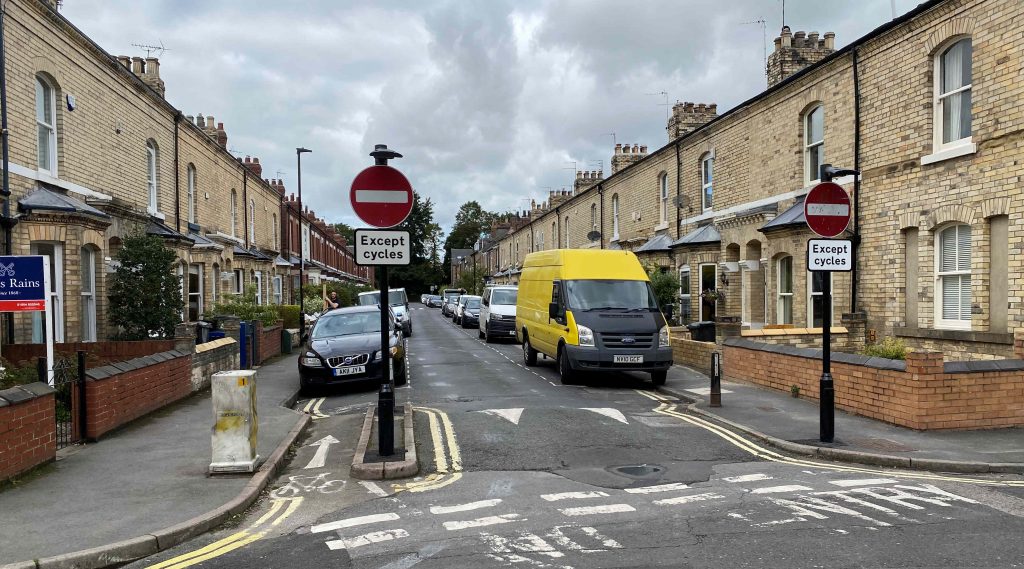
We could use the FOI appeal processes to try to force the Council to publish the details it holds on internal modal travel patterns for the periods before the traffic ban was introduced.
It would have no practical effect unless backbench Councillors were prepared to challenge the system. This they don’t seem to be prepared to do.
We must just hope that some of the more perverse aspects of the scheme don’t lead to more avoidable accidents during the run up to next years review.

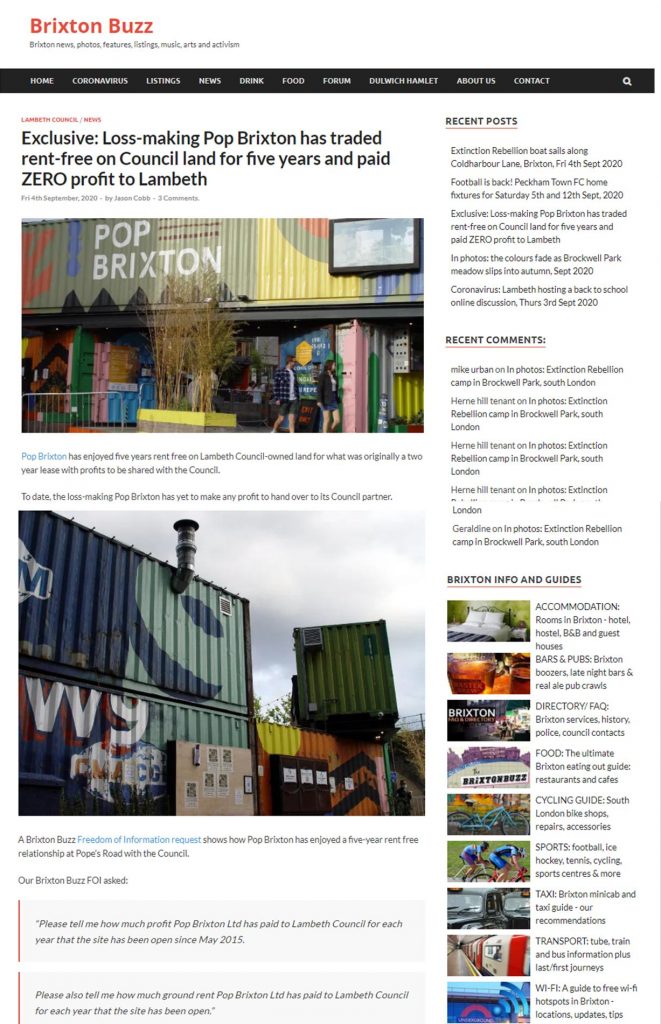
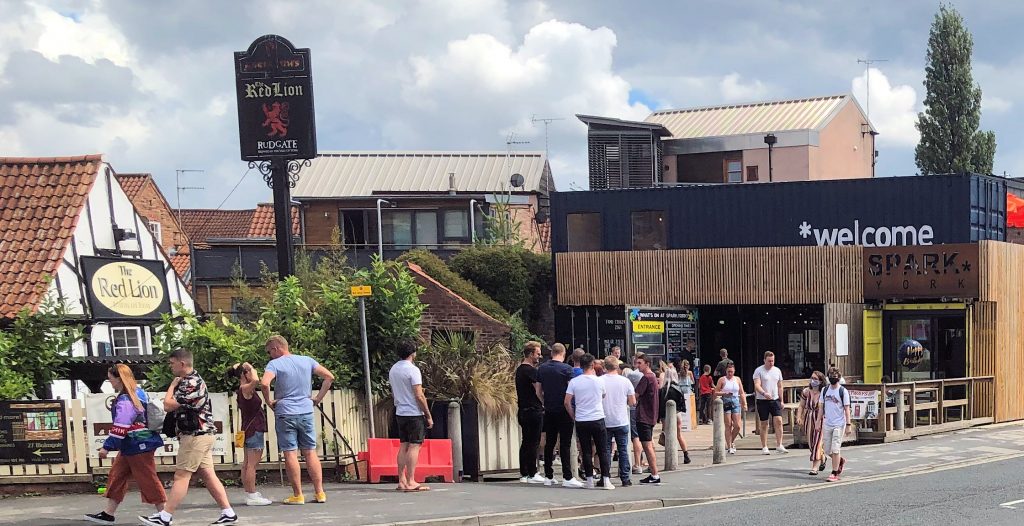
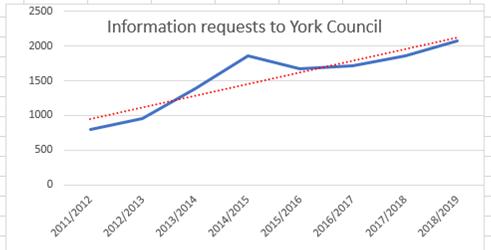
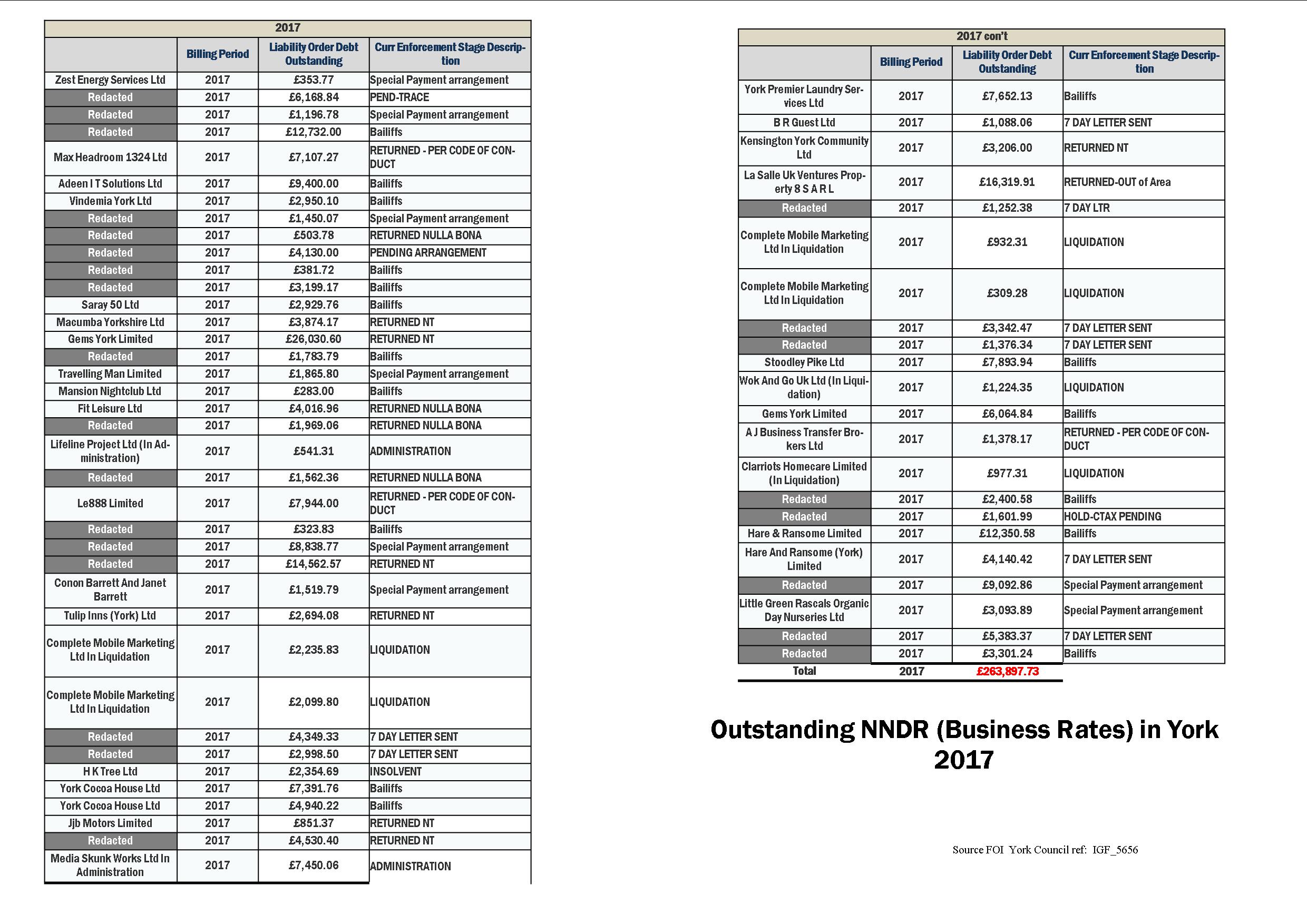

 Let’s start with an example of good practice.
Let’s start with an example of good practice.
 Nor can the York Council bask in any glory. In February, we asked which businesses had not paid their NNDR (Rates) bills in each of the last 3 years.
Nor can the York Council bask in any glory. In February, we asked which businesses had not paid their NNDR (Rates) bills in each of the last 3 years. The York Council has shed some light on what they told the
The York Council has shed some light on what they told the 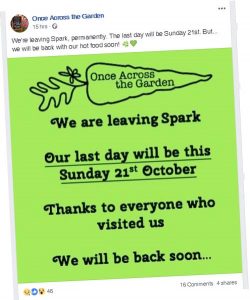
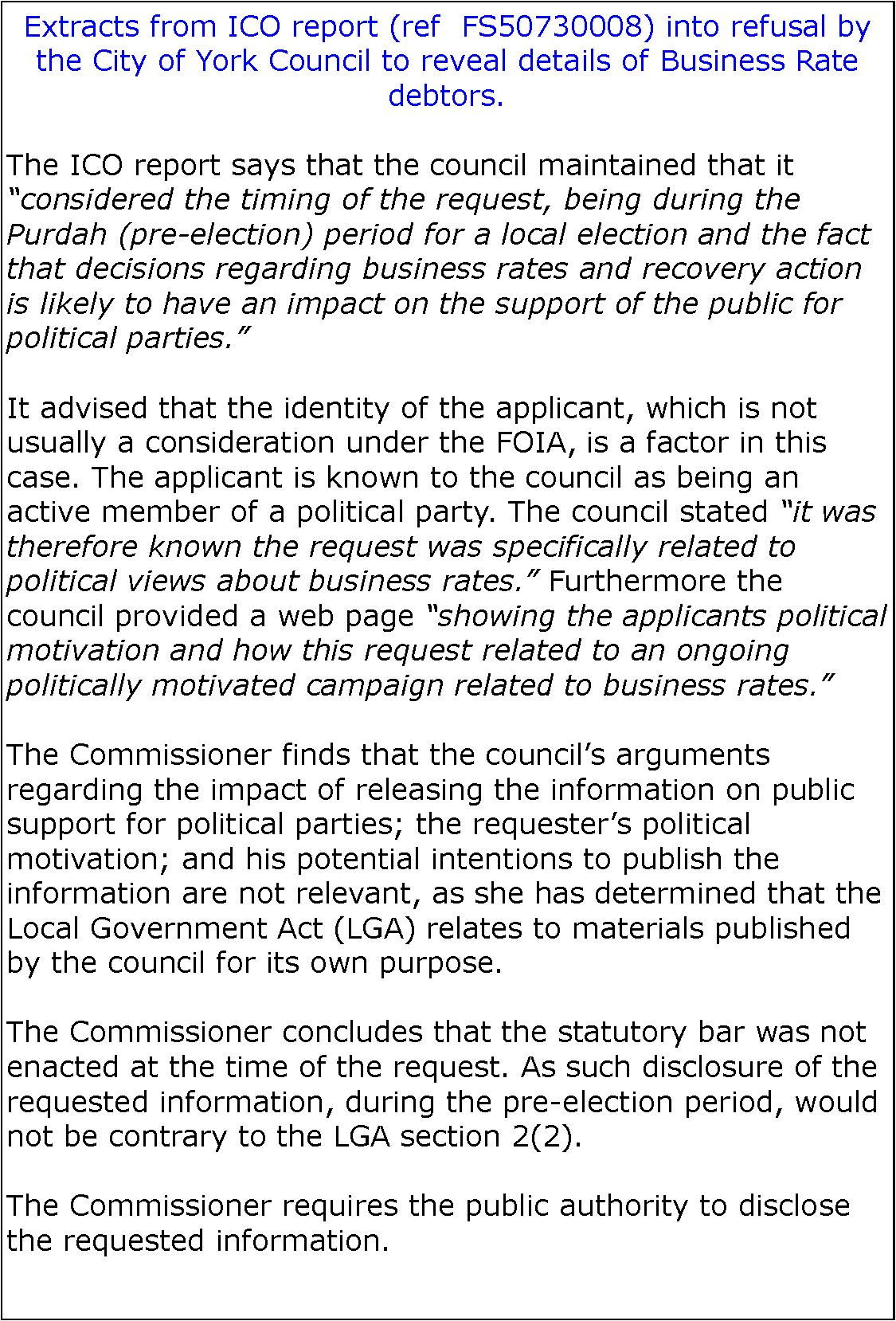
 A few weeks ago, several customers took to
A few weeks ago, several customers took to 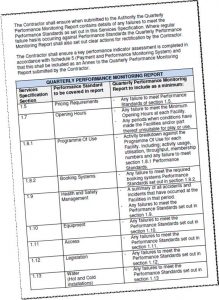
 A year or so ago, the then new York Council Chief Executive promised a fresh approach to the amount of information on Public Services made available to York residents. Questions would be answered without the need to submit formal Freedom of Information requests to the Council. It would be unnecessary to refer many issues for determination by the Information Commissioners Office (ICO)
A year or so ago, the then new York Council Chief Executive promised a fresh approach to the amount of information on Public Services made available to York residents. Questions would be answered without the need to submit formal Freedom of Information requests to the Council. It would be unnecessary to refer many issues for determination by the Information Commissioners Office (ICO)
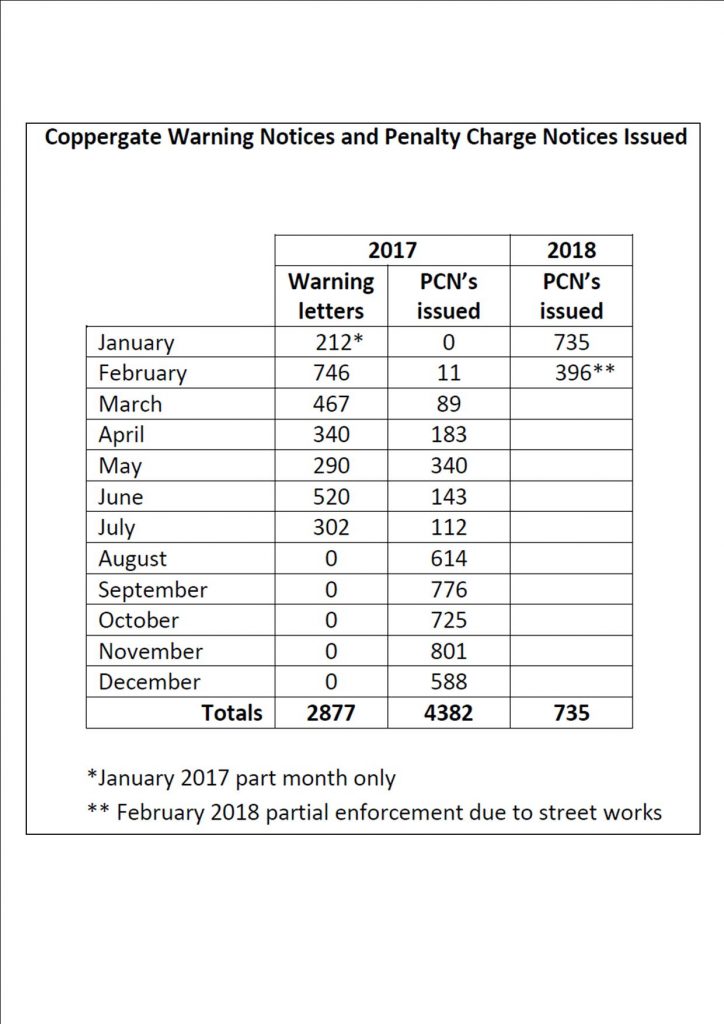
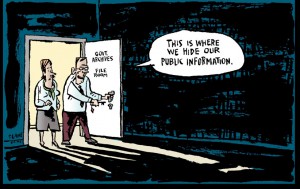 Readers may recall an incident last year when the York Council refused Freedom of Information (FOI) requests in the run up to the General Election in June.They said the information might “influence how electors cast their ballots”.
Readers may recall an incident last year when the York Council refused Freedom of Information (FOI) requests in the run up to the General Election in June.They said the information might “influence how electors cast their ballots”.